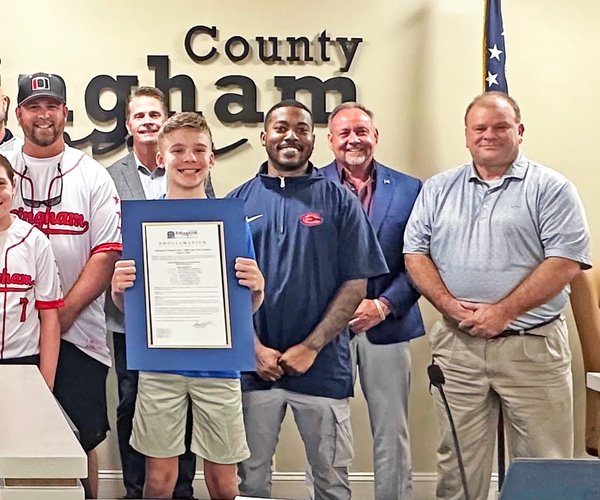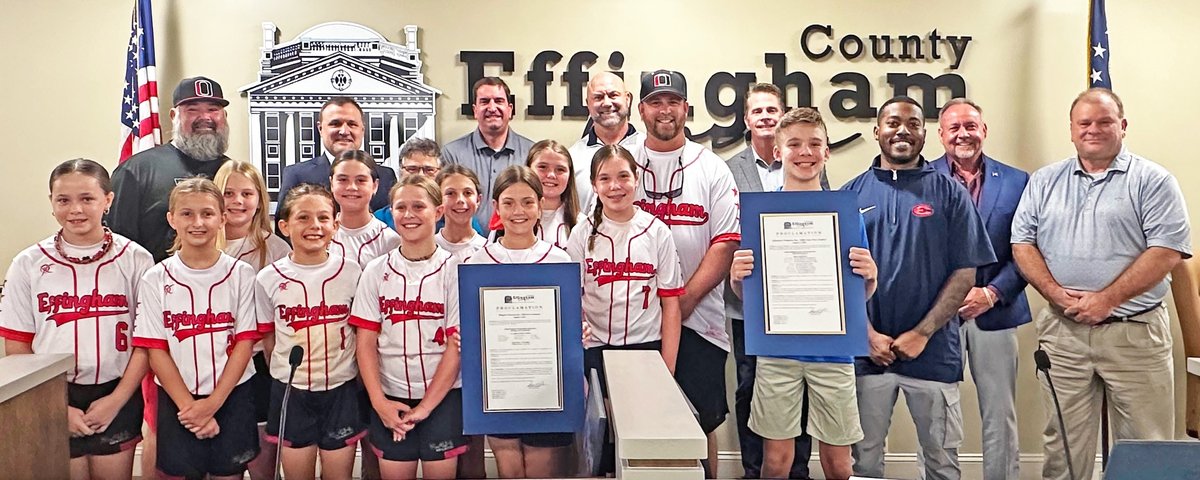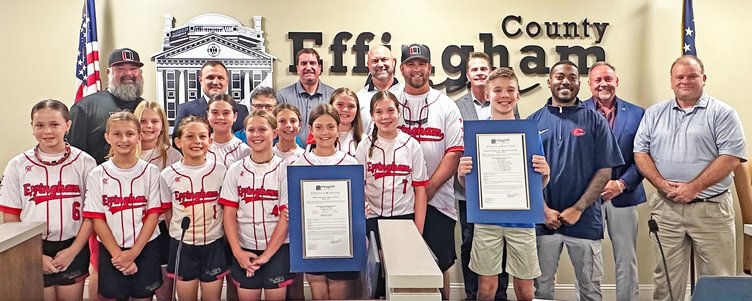It’s not just the size and scope of the Medient Studios project that makes it stand out, according to CEO and Chairman Manu Kumaran.
The development will include not just movie, DVD and video game production but also a hotel, a golf course, housing for employees, day care, health care and schools.
And it will be accomplished with environmentally-friendly design.
“There is nothing quite like it anywhere in the world,” Kumaran said.
Effingham Industrial Development Authority CEO John Henry was looking for a prospect that would be a steward of the surrounding environs. But what Medient Studios has in mind went beyond Henry’s aspirations.
“What really sold me on this development was all their talk on it being environmentally-friendly, it being low impact, no combustion vehicles on site,” he said. “It’s just perfect for the area. It takes into account the topography there, and it utilizes the topography with the wetlands, and it creates something we can all be proud of.”
Effingham IDA CEO Dennis Webb also expressed his appreciation for the environmentally-friendly design and for the appearance of the buildings and the grounds.
“The architecture is not like anything you’ve ever seen before,” he said. “One of the things we feared and that the residents feared is that I-16 was going to be filled up with smokestacks. This will be just the opposite of that. This will be environmentally-friendly. We have a plan to deal with the traffic. It will fit in well, but it will be way different than anything Effingham has ever seen.”
Under the concepts presented by its architectural team, the signature features of the sprawling project likely will be the single-suspension bridge into the main part of the property and the giant glass leaf, 300,000 square feet, that will be part of the amphitheater.
“This is an extraordinary design,” Kumaran said. “The overall concept is the integration of the five elements of traditional Indian architecture. It is intended to ecologically-sustainable.
“This has taken the best part of four or five months, beating our heads against the wall, our team and the architect’s team,” Kumaran said. “We finally managed to capture in the design the essence of what we’re trying to do — be smart, be pretty and have elements that will shock and awe you.”
The development will generate its own power from solar panels on top of the buildings. There will be no combustion-engine vehicles on the site, once it’s completed.
“We are not going to have any fossil fuel-consuming transportation on site,” Kumaran said.
The public access of the site will include the hotel, shopping, restaurants and amphitheater. Those facilities will be built closer to the Old River Road side of the property while the studios and production facilities will be in the southeast corner of the nearly 1,500-acre tract.
Medient officials believe the buildings and facilities themselves will draw crowds.
“Even in the design, its uniqueness will be a tourist attraction,” Kumaran said, “augmenting Savannah’s growing reputation as a tourism destination, not just in the United States but around the world. We try to incorporate elements that are unique and will drive traffic and provide a benefit to the area around it.”
While the campus itself will be technologically-advanced, so too will be the means to make movies — though Kumaran will adapt an old-school mindset on staffing the studio.
“The industry is inefficient and bloated in its process, and we need to take it back to its basics, how it was done,” he said. “I’m a simple man from a faraway land, and it’s very complicated to get things done in Hollywood.”
Instead of hiring people as a project arises, there will be permanent employees, much like the days of when studios were first founded in Hollywood.
“We have plans to take us back to where the film business began,” Kumaran said. “We’re going back to how the business was run from the early 1900s to the 1960s.”
The studio, with its pace of filming, also will incorporate high-technology, such as creating robotic arms to move lighting around in an effort to save production time.
Movie production is blossoming in states such as Louisiana and Georgia, Kumaran said, thanks to their tax credits. Movie production also has moved from California to London and Canada, and he said he wants to bring that back to the U.S.
About 25 percent of the jobs will have to be imported, “because the jobs are super-skilled, specialized people who are not available anywhere except for Los Angeles, London, Vancouver or Bombay,” Kumaran said.
The company will have a re-training program for employees, and Kumaran said the studio is in talks with a group that puts veterans to work in new fields.
“We want to foster an atmosphere of local involvement as much as possible,” he said.
The permanent workforce of the studios and production companies also will have on-site day care and health care, and there also will be on-site housing for workers.
“It’s about an attitude for doing things,” Kumaran said. “When you take stress out from people’s lives, people become more productive and more creative.”








